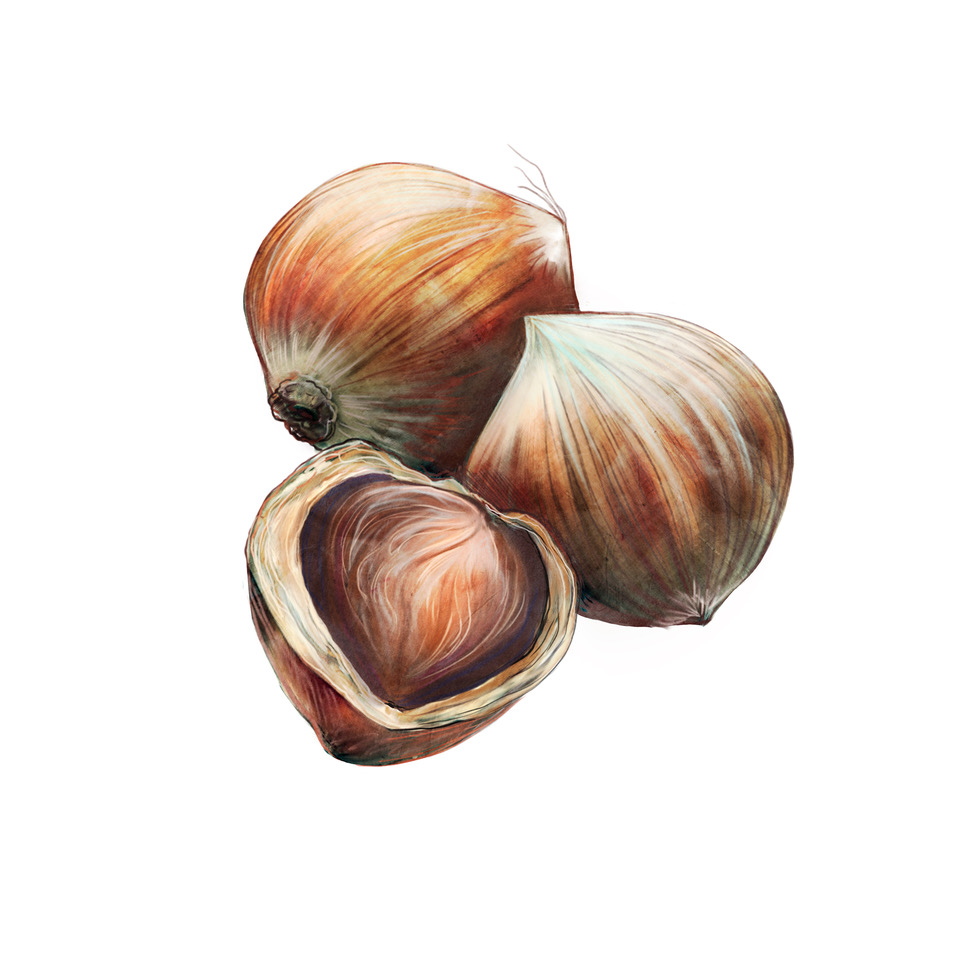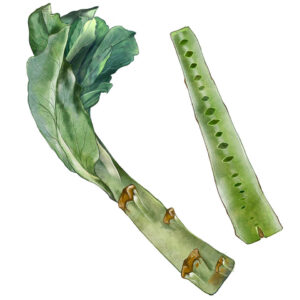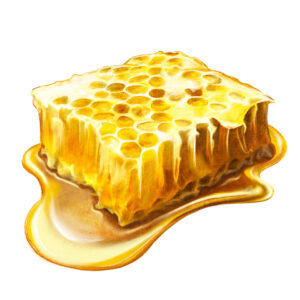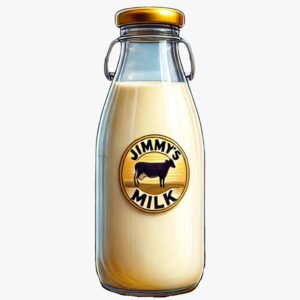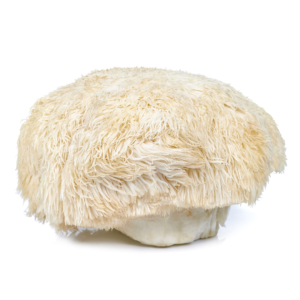Hazelnuts
$11.00
Nutrition Facts
| Nutrient | Value |
|---|---|
| Calories | 628 kcal |
| Proteins | 15 g |
| Carbs | 17 g |
| Fats | 61 g |
| Fiber | 10 g |
Vitamins
Vitamin E: ~15 mg (significant antioxidant, supports skin and immune health).
Vitamin B1 (Thiamine): ~0.6 mg (aids in energy metabolism).
Vitamin B2 (Riboflavin): ~0.1 mg (supports skin and vision health).
Vitamin B3 (Niacin): ~1.8 mg (important for energy production).
Vitamin B6 (Pyridoxine): ~0.6 mg (supports brain health and hemoglobin production).
Folate (Vitamin B9): ~113 µg (essential for DNA synthesis and cell growth).
Vitamin K: ~14.2 µg (important for blood clotting and bone health).
Minerals
Magnesium: ~163 mg (supports muscle, nerve, and heart health).
Calcium: ~114 mg (important for bones and teeth).
Iron: ~4.7 mg (essential for oxygen transport in the blood).
Potassium: ~680 mg (helps regulate blood pressure and muscle contractions).
Phosphorus: ~290 mg (important for energy metabolism and bone health).
Zinc: ~2.5 mg (supports immune function and wound healing).
Copper: ~1.7 mg (important for iron absorption and collagen formation).
Manganese: ~6.2 mg (critical for bone health and antioxidant functions).
Selenium: ~2.4 µg (antioxidant properties, supports thyroid function).
Hazelnuts are particularly rich in Vitamin E, manganese, and copper, which contribute to their antioxidant and anti-inflammatory properties.
Their high potassium and magnesium content makes them heart-healthy, while the folate is beneficial for cellular function.
Appearance
#brown #round #hard #smooth-shell #woody #pale-kernel #compact #natural #spherical #matte
Flavor
Raw: #mild #nutty #slightly-sweet #earthy #buttery #delicate
Roasted: #rich #intense-nutty #toasty #caramelized #buttery-sweet #warm
Boiled: #subtle #soft #mildly-nutty #earthy #bland #delicate
Dried: #concentrated-nutty #earthy #slightly-sweet #aromatic #crunchy
Barbecued: #smoky #charred #deep-nutty #robust #toasty-earthy #warm
Treatment Notes
1. Mediterranean Cuisine: Italy, Greece, Turkey, Spain. Italian gianduja (chocolate-hazelnut spread) or torrone (nougat). Baklava and halva.
Added to salads or roasted for savory dishes. Pesto variations using hazelnuts instead of pine nuts.
2. European Cuisine: France, Germany, Switzerland: Pastries like croissants, hazelnut macarons, and tortes. German hazelnut cakes (Haselnusstorte). Swiss chocolates, especially hazelnut-filled varieties.
3. Middle Eastern Cuisin: Lebanon, Syria, Iran: Incorporated into baklava and other nut-based desserts. Ground into pastes for fillings or spreads. Used in savory dishes, such as pilafs or as crusts for meats.
4. American Cuisine: Incorporated into baked goods like cookies, brownies, and granolas. Hazelnut butter as a spread. Popular in premium chocolates and confections.
5. Modern Global and Fusion Cuisine: Featured in high-end and artisanal dishes, from hazelnut-crusted proteins to hazelnut vinaigrettes.
Plant-based recipes using hazelnut milk or hazelnut flour.
Health Notes
Rich in Healthy Fats: High in monounsaturated fats, which support heart health and lower bad cholesterol (LDL).
Good Source of Protein: ~15g per 100g, beneficial for muscle repair and growth.
High in Fiber: ~10g per 100g, promoting digestion and gut health.
Rich in Antioxidants: Contains Vitamin E and polyphenols, which protect against oxidative stress and inflammation.
Heart-Healthy: Potassium, magnesium, and healthy fats support blood pressure regulation and cardiovascular health.
Supports Brain Health: Rich in folate, Vitamin E, and B vitamins, which contribute to cognitive function and nervous system health.
Bone Support: High in calcium, magnesium, and phosphorus.
Anti-Inflammatory Properties: Thanks to manganese, copper, and polyphenols.
Weight Management: High satiety due to protein, fiber, and healthy fats.
Low Glycemic Index: Suitable for blood sugar management and diabetic diets.
Pairings
Carbs
Fruits:
Fresh: Apples, pears, figs, berries, bananas.
Dried: Dates, apricots, raisins.
Grains: Oats, quinoa, rice, farro.
Vegetables:
Sweet: Carrots, sweet potatoes, pumpkins.
Savory: Brussels sprouts, green beans, spinach.
Breads and Pastries: Whole-grain bread, brioche, croissants, muffins, cookies.
Fats
Dairy Fats:
Cheeses: Brie, blue cheese, Parmesan, ricotta, goat cheese.
Butter: Salted or unsalted, especially in baked goods or sauces.
Oils: Hazelnut oil, olive oil, avocado oil.
Other Nuts and Seeds: Almonds, walnuts, pecans, sunflower seeds, sesame seeds.
Proteins
Meats:
Poultry: Chicken, turkey.
Red Meat: Lamb, beef (hazelnut crusted or in stuffing).
Game: Duck, venison.
Seafood: Salmon, trout, scallops (hazelnut-crusted preparations).
Plant-Based Proteins: Tofu, tempeh, chickpeas, lentils.
Herbs + Other
Spices and Herbs: Cinnamon, nutmeg, cardamom, rosemary, thyme.
Sweeteners: Honey, maple syrup, brown sugar.
Desserts: Chocolate (especially dark or milk chocolate), vanilla-based treats, pralines.
Condiments: Nut butters, tahini, yogurt-based dips.
Beverages:
Hot Drinks: Coffee, hot chocolate, chai.
Alcoholic: Wines (e.g., Chardonnay, Pinot Noir), whiskey, hazelnut liqueurs (e.g., Frangelico).
Vitamins
Minerals
Flavor Tags
Health Notes
Treatment Notes
Pairings

Carbs

Fats

Protein


